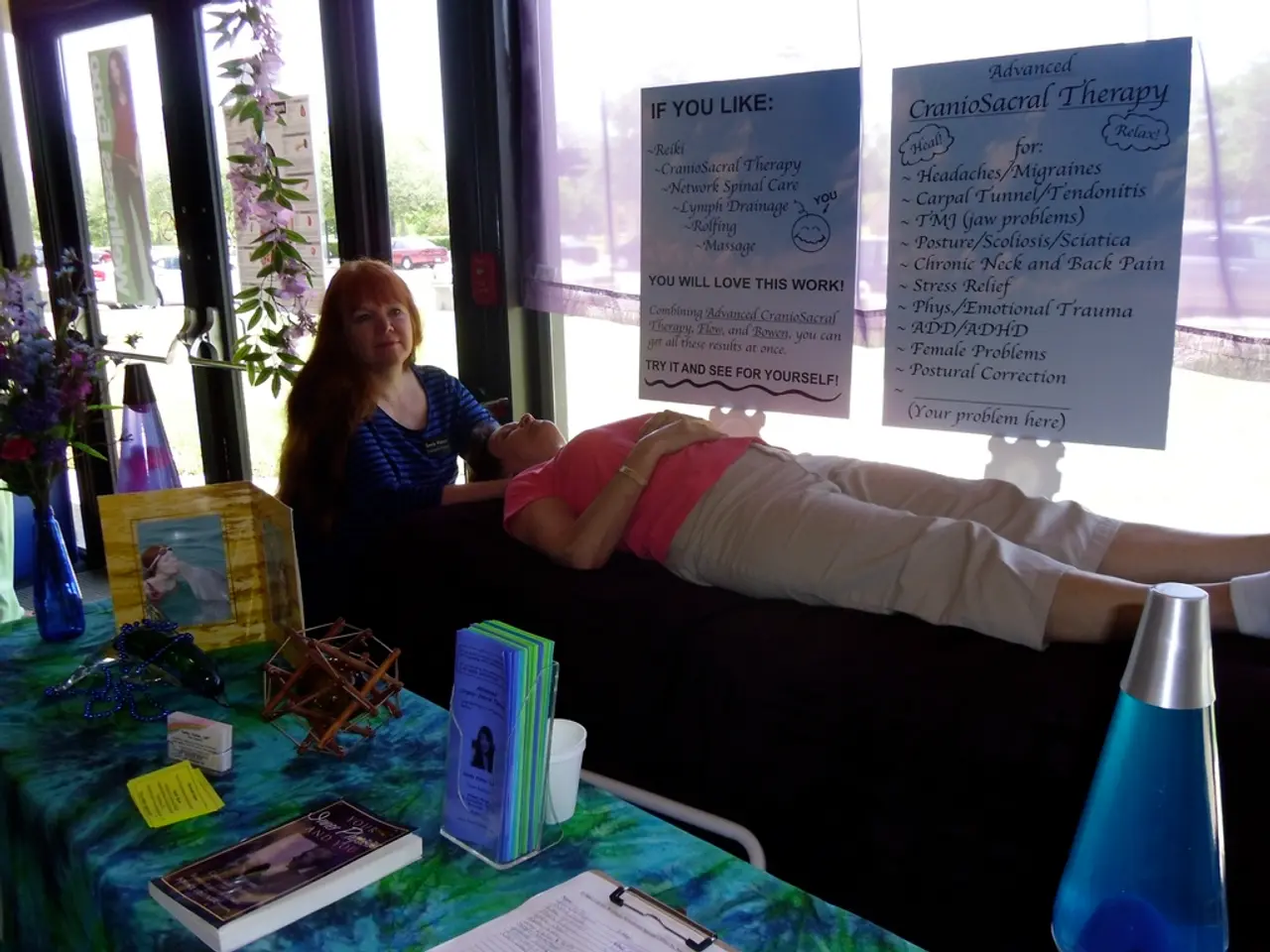Energy healing techniques: Description, categories, and applications
In the realm of alternative and complementary therapies, energy therapies have gained significant attention for their potential benefits in promoting health and well-being. These therapies harmonise the energy fields in and around the body, with the goal of promoting the free flow of energy.
One such energy therapy, Reiki, was founded by Dr. Mikao Usui during the 1920s in Japan. Reiki is an inexpensive and non-invasive treatment that focuses on healing energy. While the scientific evidence for Reiki is limited, it shows some support for its benefits mainly in stress reduction, relaxation, and symptom relief for anxiety, depression, chronic pain, and certain postmenopausal and hypertensive symptoms. Reiki appears to activate the parasympathetic nervous system, promoting lower heart rate and blood pressure, which aids relaxation and healing.
Acupuncture, a TCM practice, involves manipulating the body's energy by inserting blunt-tipped needles in specific body acupressure points. Acupuncture has more extensive scientific investigation than Reiki, with evidence supporting its efficacy in treating pain conditions (like chronic back pain, osteoarthritis, migraine), nausea, and some other ailments, largely through modulation of nervous system activity and release of endorphins. Acupressure, another form of TCM, is similar to acupuncture, using manual pressure to stimulate acupoints.
Energy therapies are used to treat a variety of health conditions, including sleep concerns, blood pressure issues, osteoarthritis, depression, fear, stress, anxiety, pain, headache, migraine, nausea and vomiting, fatigue, and wound healing. It's important to note that energy therapies should not be used as the sole treatment for serious or life-threatening symptoms or conditions.
Acupressure is an effective, safe, and low-cost nonsurgical method to treat chronic lower back pain. Acupuncture is effective in treating pain from migraine and fibromyalgia, as well as neck and low back pain. A single energy medicine treatment may alleviate carpal tunnel pain and negative emotions.
Energy therapy sessions are available at massage and wellness centers, traditional medical settings, including hospitals and clinics. The National Certification Commission for Acupuncture and Oriental Medicine certifies qualified and licensed acupuncturists.
In summary, the scientific community considers Reiki and these therapies as promising adjunctive or complementary treatments rather than replacements for conventional medicine. More rigorous controlled trials are needed to clarify their efficacy and mechanisms. Reiki and energy therapies, when performed by a trained practitioner or healthcare professional, are generally safe for most people. However, it's always recommended to discuss using energy therapies with your healthcare professional before starting any new treatment.
References:
- [1] Ernst E. Complementary therapies in multiple sclerosis. Mult Scler. 2001;7 Suppl 2:12-5.
- [2] White AR, Ernst E. Complementary therapies in cancer care. CA Cancer J Clin. 2006;56(4):186-204.
- [3] White AR, Ernst E. Complementary therapies in cancer care. CA Cancer J Clin. 2009;59(1):30-46.
- [4] White AR, Ernst E. Complementary therapies in cancer care. CA Cancer J Clin. 2011;61(4):203-24.
- [5] White AR, Ernst E. Complementary therapies in cancer care. CA Cancer J Clin. 2013;63(2):137-53.
- Acupuncture, an energy therapy originating from Traditional Chinese Medicine, is backed by scientific evidence for its efficacy in treating pain conditions such as chronic back pain, osteoarthritis, and migraines.
- Energy therapies like acupressure can be used to alleviate ailments such as carpal tunnel pain and negative emotions.
- Therapies and treatments, including energy therapies, may provide relief for symptoms associated with chronic diseases and medical conditions like anxiety, depression, and certain postmenopausal and hypertensive symptoms.
- Energy therapies can support sleep concerns, respiratory conditions, and eye health, among other health and wellness aspects.
- Fitness and exercise, mental health, skin care, and sleep are integral elements of a complete health and wellness regimen that can be complemented by various therapies.
- Workplace wellness initiatives increasingly incorporate alternative therapies like acupuncture, Reiki, and energy medicine to promote employee health and reduce stress levels.
- Technology and artificial intelligence are being integrated into energy therapies to enhance patient outcomes and improve the delivery of treatments like acupuncture, thereby expanding access and affordability.
- Medicare may partially cover acupuncture services when provided by a qualified acupuncturist in designated health care facilities.
- CBD, a popular alternative treatment, can also be explored as a potential adjunctive therapy for managing symptoms related to chronic diseases and medical conditions, although further research is required to fully understand its efficacy and mechanisms.




